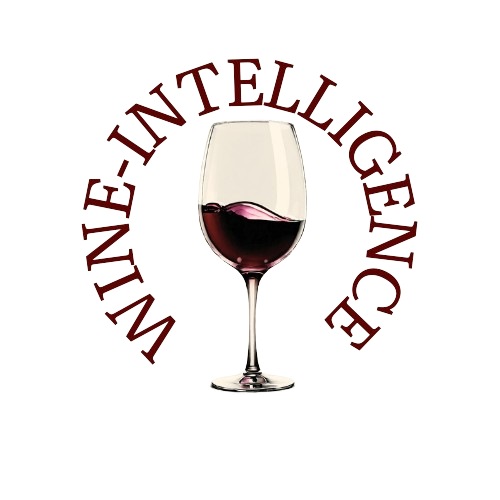The global beverage alcohol market under-performed in 2024, failing to meet forecasted expectations due to shifting consumer trends, economic instability, and persistent structural challenges in key regions.
According to preliminary data from IWSR, total beverage alcohol (TBA) volumes across the top 20 markets declined by -1% compared to 2023, placing volumes at -2% below pre-pandemic levels.
Market Performance Overview
Spirits (excluding national spirits) and ready-to-drink (RTD) beverages were the only categories to experience growth. In contrast, beer volumes declined by -2%, and wine saw a staggering -21% drop compared to 2019. The overall market fell short of projected alcohol volumes by 1%–2% in 2024, translating to a shortfall of over 300 million nine-litre cases.
Key underperforming markets included the US, China, India, and Europe, all of which struggled due to economic pressures and evolving consumer habits.
Regional Challenges: China, India, and Beyond
The Chinese market played a significant role in the global downturn, with TBA volumes declining by -4% in 2024. Economic weakness and prolonged on-trade closures had a detrimental effect on beer, Cognac, and Scotch sales. India, while expected to offset some losses, also underperformed despite posting better results than other key markets.
Emerging economies such as Brazil, South Africa, India, and Mexico showed growth, while mature markets in the US and China continued to decline. Despite inflation stabilizing in developed regions, slow GDP growth and persistently high living costs affected disposable incomes, leading to weaker alcohol sales.
Shifts in Consumer Preferences and Premiumisation Trends
The premiumisation trend stalled in 2024 as cost-conscious consumers sought better value for their money.
- The beer sector saw a boost in premium segments, but wine experienced softer demand at the higher end.
- Super-premium-plus spirits volumes fell by more than -3%, while the value price tier saw marginal growth.
- Agave spirits remained strong but lost momentum in the US and Mexico.
- Indian whisky, especially in the single malt category, saw notable gains.
Champagne, Cognac, and malt Scotch whisky were particularly impacted, serving as indicators of economic caution among consumers.
Category Performance: Spirits, Wine, and Beer
Spirits:
Total spirits volumes declined by -3% across the top 20 markets. Excluding national spirits such as baijiu and shochu, the decline was less than -1%, making spirits the second-best-performing category after RTDs and cider.
- The US market saw a -4% decline, with agave spirits as the only growing category.
- Western Europe and Latin America also experienced volume losses.
- In contrast, India and the Philippines showed growth, with India adding the most absolute volume and the Philippines recording the highest percentage growth.
- Super-premium spirits saw the sharpest decline at -3% as affluent consumers scaled back luxury purchases.
Wine:
Wine volumes fell by -4% in the top 20 markets, with steep declines in the US, UK, France, Germany, and China. Even the removal of tariffs on Australian wine imports in China failed to stimulate demand. Spain was a rare bright spot, where competitive pricing led to increased still wine consumption.
- Prosecco sales continued to rise, benefiting from affordability and its role in the growing early-evening drinking occasion.
- Champagne faced demand struggles as consumers opted for lower-priced sparkling alternatives.
Beer & RTDs:
Beer volumes declined by -1%, primarily due to weaker sales in China. However, positive performances in Brazil, Mexico, and parts of Europe balanced some losses.
- Premium and super-premium beer segments gained market share as global brewers focused on premiumisation.
- RTDs grew by +2%, with the category seeing expansion in most markets except Australia, China, India, and the UK.
- Hard seltzers continued their contraction, but the broader RTD category remained resilient.
No-Alcohol and Lighter Alternatives Gain Ground
The moderation trend continued to impact traditional alcohol consumption in 2024, leading to rising demand for no-alcohol and lighter alternatives.
- The no-alcohol spirits segment outpaced full-strength spirits in growth.
- Despite representing a small share of the overall market, no-alcohol products gained traction among health-conscious consumers.
Outlook for 2025: Trade Wars and Market Uncertainty
Despite some areas of resilience, IWSR’s findings suggest that 2025 could bring further turbulence to the beverage alcohol industry.
- Trade tensions and potential tariff escalations between major economies may reshape alcohol consumption trends.
- Economic conditions will continue to influence consumer spending patterns, making market predictions more challenging.
- The shift away from super-premium spirits and wine’s ongoing struggles are expected to persist, while RTDs and no-alcohol alternatives may remain key growth segments.
“Despite some glimmers of hope, the low points were more evident than the positives during 2024,” said Emily Neill, COO of Research and Operations at IWSR. “Looking ahead, the sector must prepare for further disruptions as the threat of trade wars looms large, potentially triggering dramatic shifts in alcohol choices.”
Source: IWSR

